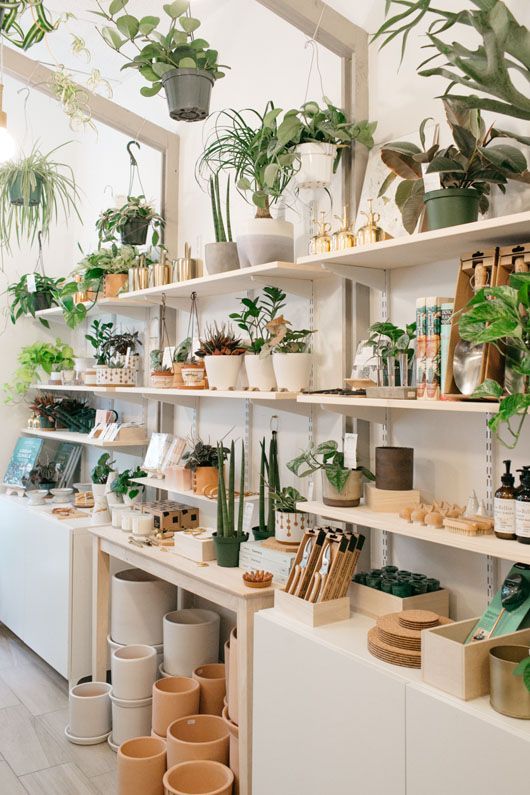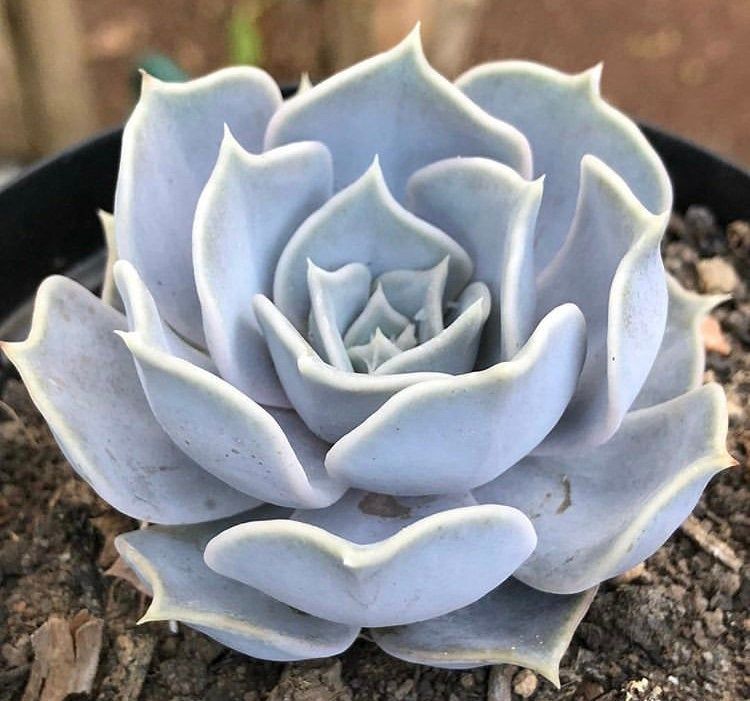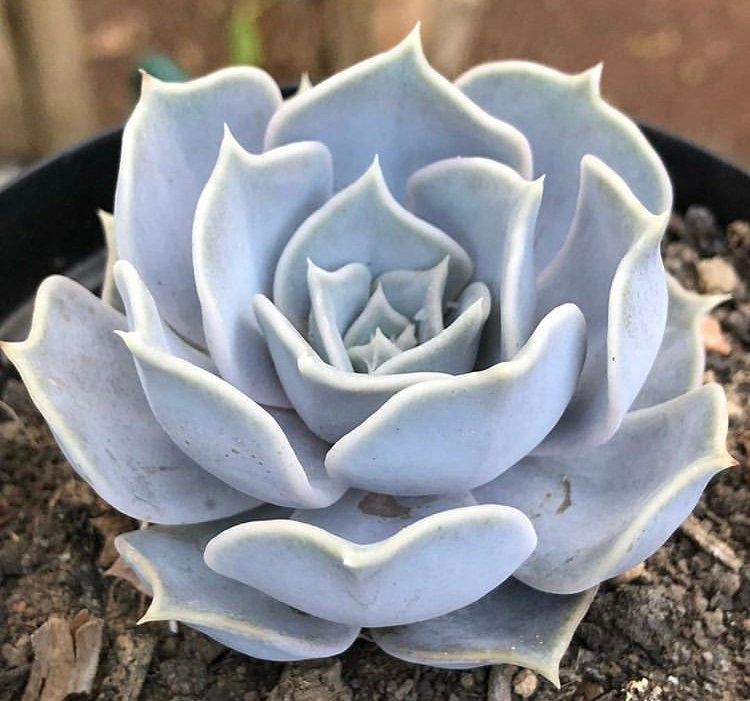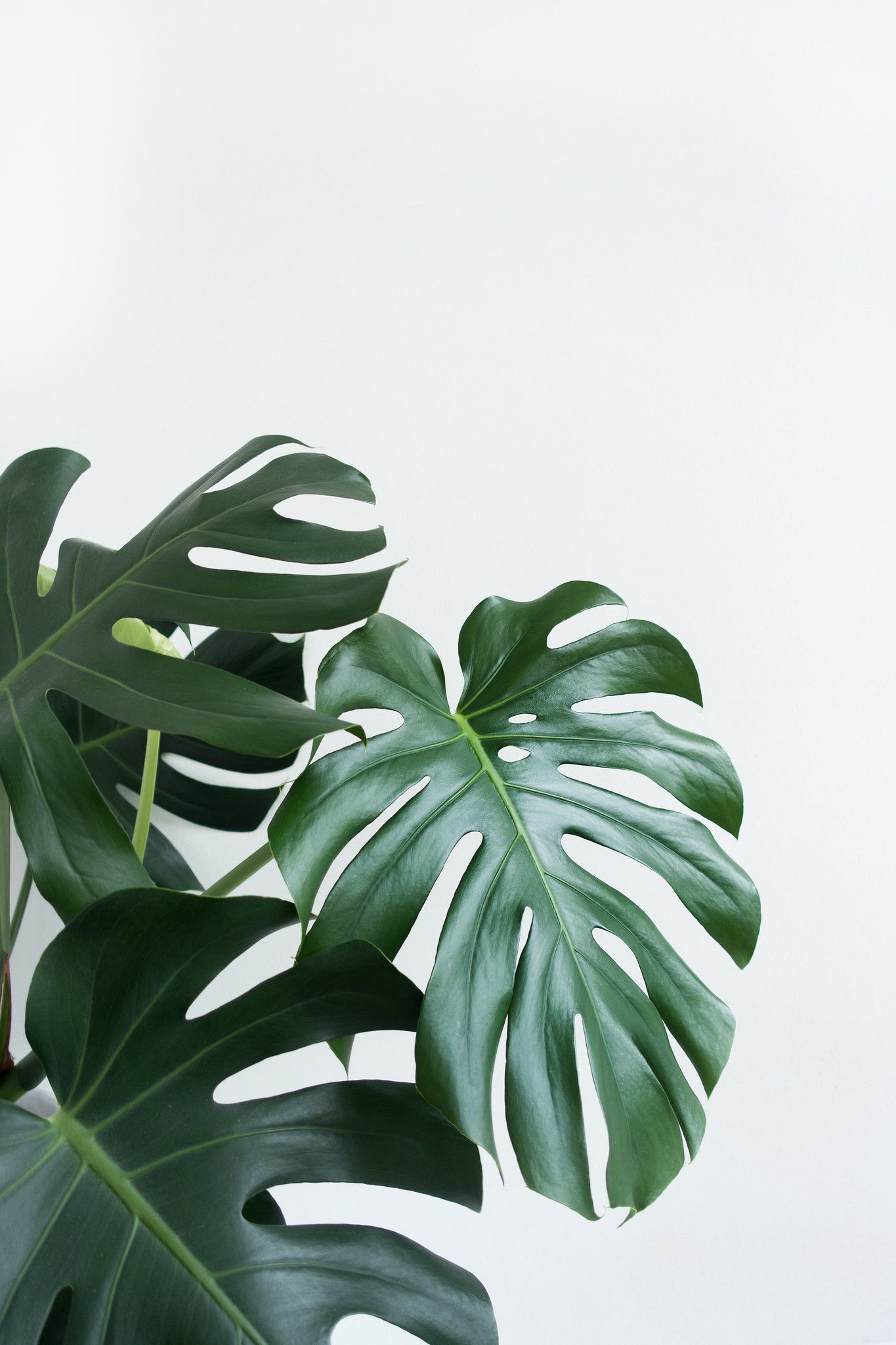Houseplants and the wellness factor
The trend for houseplants shows no sign of abating and all the reports that I've read recently show increased growth in sales with garden centres, for example, reporting a rise of more than 13% on last year, and the RHS says its sales of houseplants grew by nearly a quarter in 2019, none of which comes as a great surprise to me. I've personally seen this trend build over the last 2-3 years, and I regularly sell about a third more houseplants than flowers. Succulents and cacti seem to be the most popular but any medium to large foliage plant like a Monstera (Swiss cheese plant) or Ficus Elastica (rubber tree) is almost guaranteed to sell.
So what's at the root of all this - pun most definitely intended! There seem to be lots of influences here but a need to nurture is certainly one that can be identified particularly among young people looking for something to care for and add an air of calm and relaxation to their environment. So many millennials can’t afford to buy their own homes let alone have children and just want something to nurture. Psychiatrist Sue Stuart-Smith writing in her book, The Well Gardened Mind, says:
looking after plants triggers a neurochemical reward system in our bodies, releasing endorphins and oxytocin – chemicals of pleasure and relaxation, of creativity and satisfaction, that go some way to counteracting the fragmentation of our social worlds".
Oxytocin is a hormone sometimes known as the cuddle or love hormone because it is released when people cuddle up and in these troubled times, I think we could all do with a cuddle or two.
Few doubt the wellness benefits of gardening: it's relaxing; mindful; and is actively used as a therapy to help heal those with mental health issues so no surprise that we should seek something similar for our self-care and wellness; if we don't have a garden and many don't, then why not bring a little of the outside in and benefit from looking after and nurturing a plant or two.
A journalist friend of mine wrote a blog for this website about "the power of green" - in this case the colour - for which she discovered that surgeons will take a moment to look at the green of their scrubs during surgery in order to rest their eyes, and hospital wards have long been painted green because of its calming effects. It’s one of the reasons why city offices are often filled with plants and the addition of an oxygenating plant such as Sanseveira (snake plant) or Aloe Vera, in the bedroom can aid sleep.
This also helps explain the trend for plants as a home accessory. Green is the easiest colour for the eye to process, so a nice big green plant is an obvious, if subconscious, choice to fill that corner of the room that you don't know what to do with: it satisfies all sorts of needs. The current passion for vintage clothing and decor is also influencing our choice of plants and accessories. I'm sure that macrame plant hangers and cheese plants might not be quite so popular if it weren't for the retro and vintage trends in interior decor that now influence our home styling choices, especially among younger generations.
For me personally I know that I get lost in flowers and I get lost tending plants too. I can't give you any scientific evidence but I know that just taking a few minutes to stop and water some houseplants, or deadhead something in a window box, gives me such a feeling of wellness and relaxation that I just can't imagine life without them. It distracts me in a good way and allows me time to think and breathe. So even when it's no longer trendy, there will always be room for a houseplant or two in my home - they definitely have the wellness factor.
By Kay Bromley - Just So Flowers
#loseyourselfinflowers






